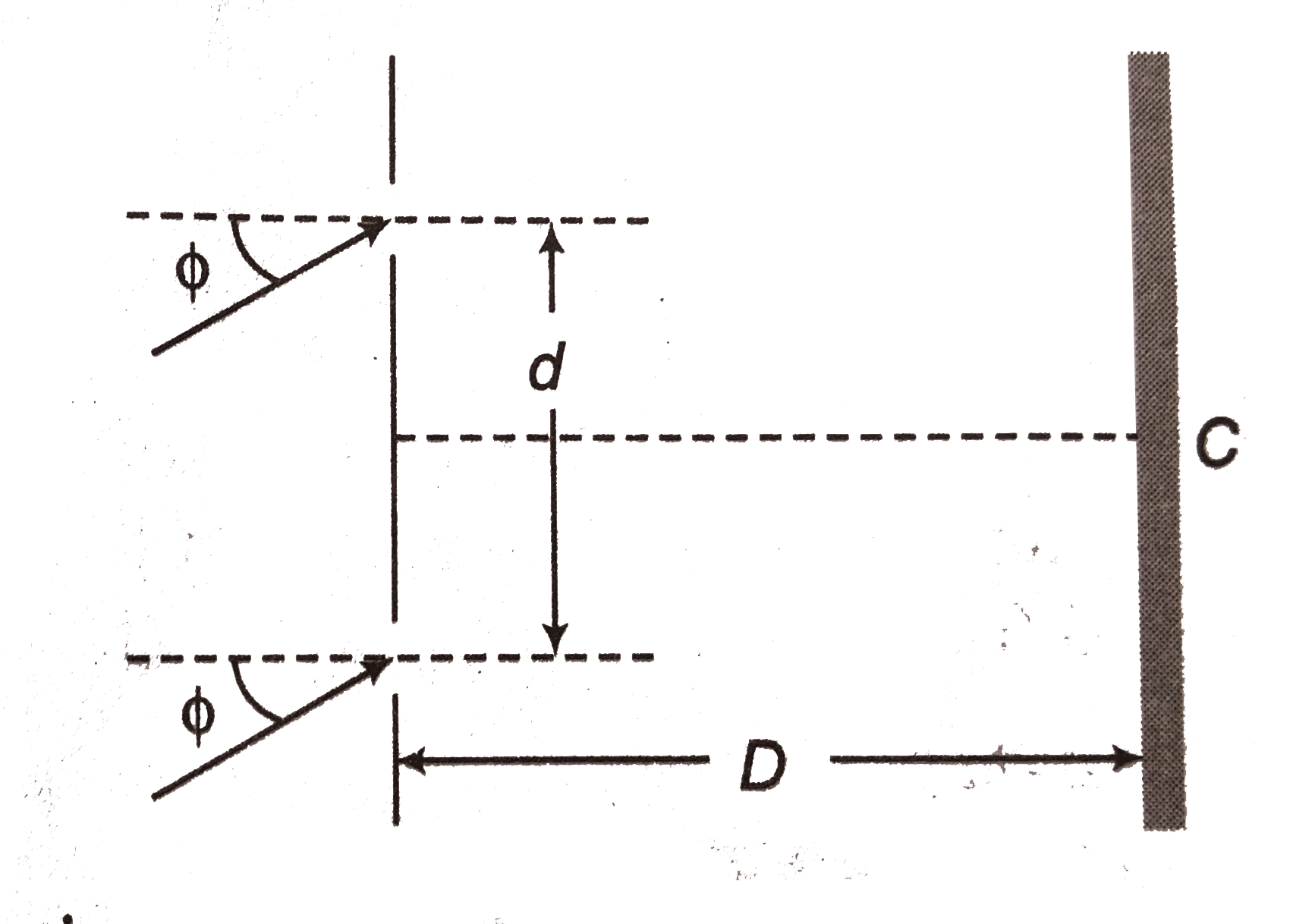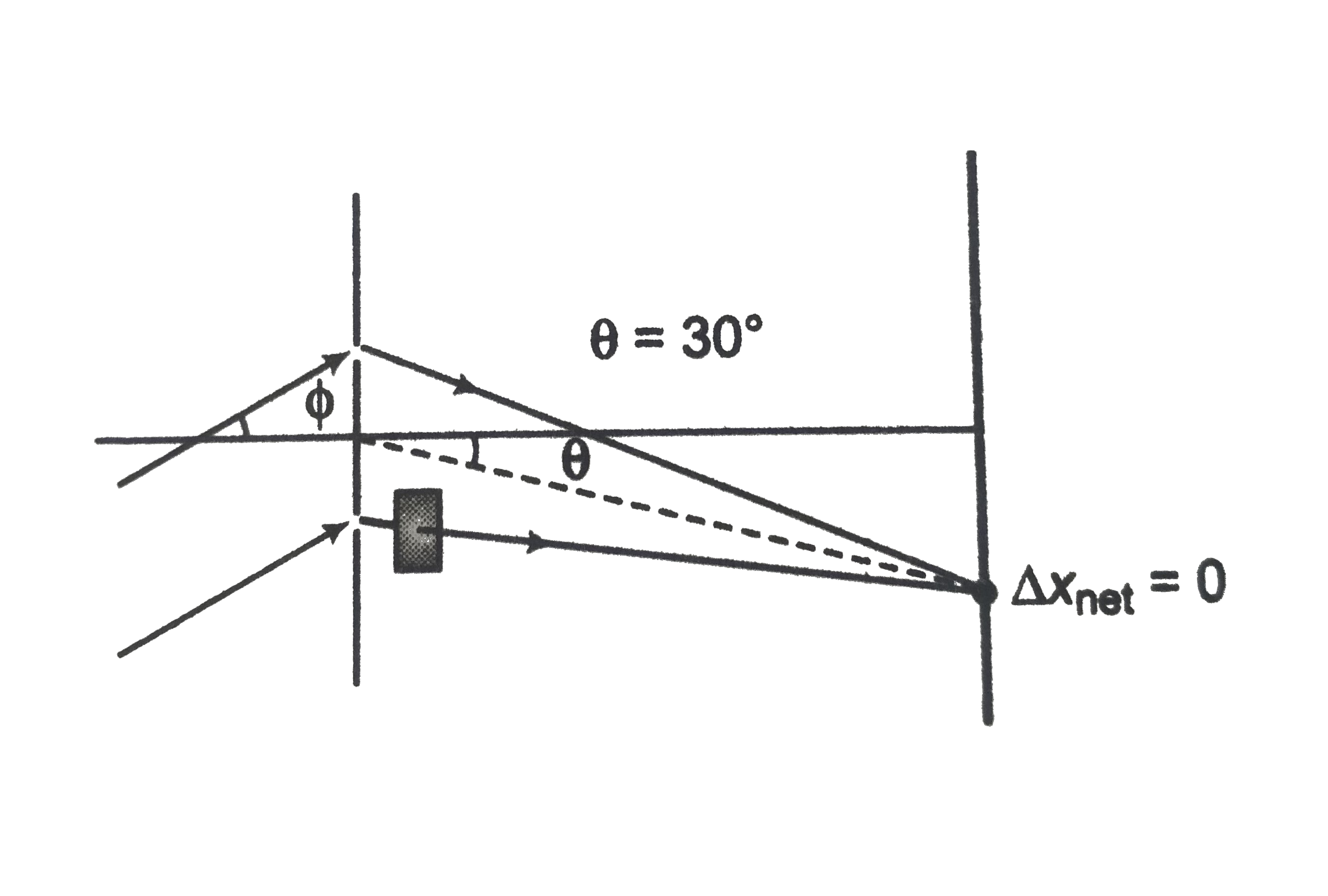Text Solution
Verified by Experts
|
Topper's Solved these Questions
INTERFERENCE AND DIFFRACTION OF LIGHT
DC PANDEY ENGLISH|Exercise Level 2 Comprehensionn Based|4 VideosView PlaylistGRAVITATION
DC PANDEY ENGLISH|Exercise All Questions|135 VideosView PlaylistMAGNETIC FIELD AND FORCES
DC PANDEY ENGLISH|Exercise Medical entrance s gallery|59 VideosView Playlist
Similar Questions
Explore conceptually related problems
Knowledge Check
A
B
C
D
Submit
Similar Questions
Explore conceptually related problems
DC PANDEY ENGLISH-INTERFERENCE AND DIFFRACTION OF LIGHT-Level 2 Subjective
- A ray of light is incident on the left vertical face of the glass slab...
06:49
|
Play - Two coherent radio point sources that are separated by 2.0 m are radia...
02:27
|
Play - In the figure shown, a screen is placed normal to the line joining the...
05:41
|
Play - Light of wavelengthlambda = 500 nm falls on two narrow slits placed a ...
07:39
|
Playing Now - In the YDSE, the monochromatic source of wavelength lambda is placed a...
07:36
|
Play

